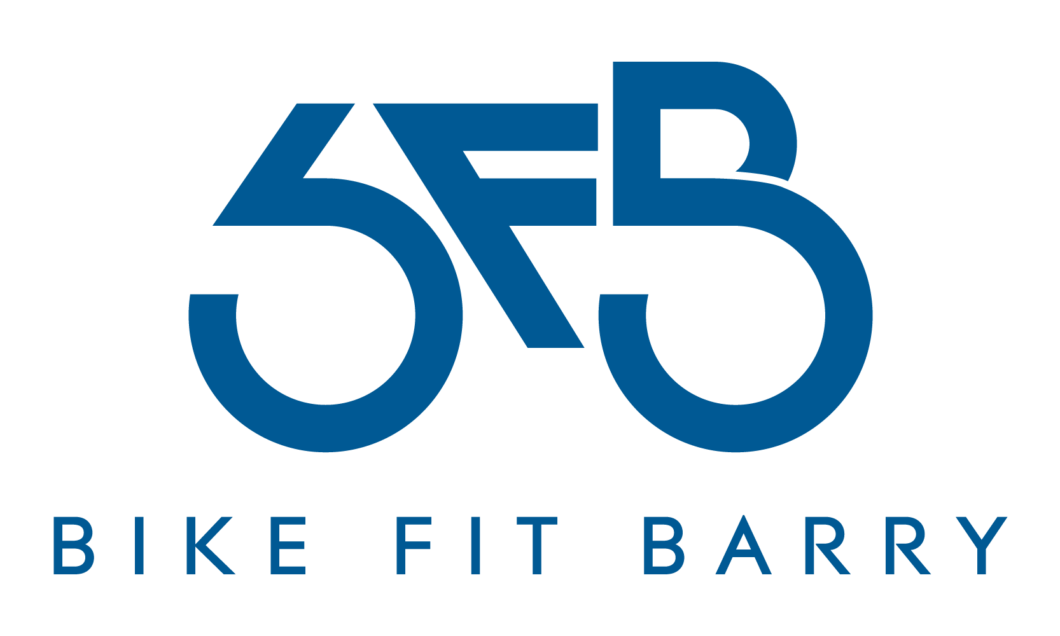Ryders Wheel – The real story?

Throughout this season, as I watched a number of Garmin riders crash at unusual times I wondered what tyres they were using. Was it their tyres that were the cause of these somewhat unusual crashes, or bad bike handling, or something else? Watching this crash by Ryder Hesjedal seemed to answer the unanswered question.
[iframe width=”640″ height=”360″ src=”//www.youtube.com/embed/L0uGFYHzHJM?rel=0″ frameborder=”0″ allowfullscreen></iframe]
This crash has reignited the ‘bicycle doping’ rumours and the UCI paid a visit to the Garmin team to check the bikes. The UCI bike check involves an x-ray of the frame to check for internal motorised assistance. It does not include an x-ray of the wheels, and most importantly the rear hub. But even if it did wheels are easily replaceable in seconds.
Twitter has been ablaze with rumours and there is even now a parody account called @rydersmotor. The cause of this unusual wheel action could be any number of things but some interesting points to bear in mind are
- In the video clip the wheel can clearly be seen to propel under its own power.
- A leading turbo trainer manufacturer has been secretly working on a reverse concept of the universal magnetic resistance model used in turbo trainers.
- Instead of magnetic resistance they have reversed the process to develop a magnetic ‘assistance’ hub which is capable of adding between 5 and 10% to a riders effort.
Looking at some of the Garmin team crashes it may be that a rear wheel pushing on under its own power whilst cornering could well be the cause of the rear wheel sliding out when all other teams manage to get around the same corners without falling.
Alex Rasmussen has an alternative theory but this does not take into account the braking effect of the wheel being in contact with the ground before taking off again in the case of Hesjedals’ crash.
[iframe width=”640″ height=”480″ src=”//www.youtube.com/embed/PJUt_XPKiDk?rel=0″ frameborder=”0″ allowfullscreen></iframe]
If it is possible to make a fully self contained rear electric wheel for the masses such as this one from FlyKly surely the riders at the cutting edge of the sport may have access to more advanced, efficient and smaller technology.
[iframe width=”640″ height=”480″ src=”https://www.kickstarter.com/projects/flykly/flykly-smart-wheel/widget/video.html” frameborder=”0″ scrolling=”no”> </iframe]
This debate is not over yet !
Barry








Leave a comment